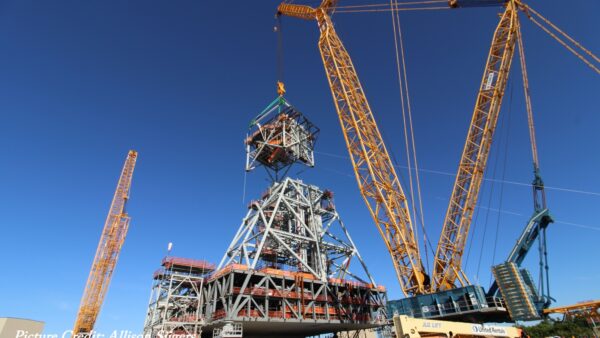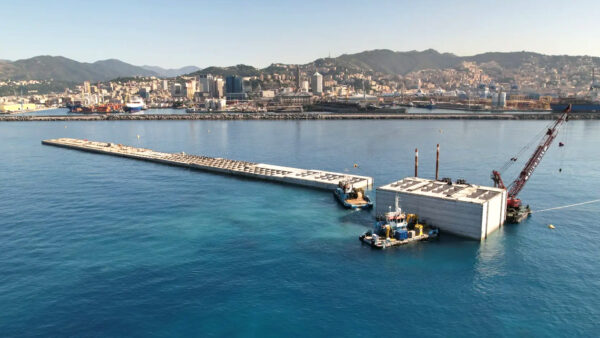The global decommissioning bill for the nuclear reactors that will be closed between now and 2040 will exceed $100bn, according to the latest annual report from the International Energy Agency (IEA).Â
The IEA estimates that a total of 200 reactors, about 38% of all those now in operation, will be shut down over the next 25 years. About 44% of these are in the EU, 16% in the US and 12% in Japan. Â
Because governments and their atomic energy agencies have so little experience of decommissioning, the IEA says there is a danger that they may underestimate the scale of the costs. In the past 40 years, only 10 reactors have been closed down and dismantled.Â
The IEA called on regulators and utilities to ensure that enough funds were set aside to cover future expenses. Speaking at a press conference, held in London on 12 November to launch the report, Fatih Birol, the IAE’s chief economist, stressed that the $100bn figure should be seen as a minimum.Â
These figures may raise questions about the economics of the nuclear industry: 31 countries presently operate nuclear power plants, and about 45 are planning to build their first plant. Â
Of the experienced countries, some, such as Japan and Germany, have said they will phase out their nuclear industry, whereas other, such as China, India, South Korea and the UK, are planning ambitious new-build programmes.Â
Alastair Evans, the policy and public affairs manager of the UK Nuclear Industry Association, told GCR that the costs of decommissioning first and second-generation reactors will be greater than those for reactors that are being built now. Â
“I think that if you’re embarking on new nuclear, you’re very well aware of the ways you’ll go about decommissioning,” he said. “The reasons the costs are so high in the report is because nothing was built the way it would be built now. These days, everything is modular, so it can be taken apart more easily and the costs are known.”Â
In addition to the uncertainty over the costs of decommissioning, the estimates do not take into account the need to construct secure storage facilities to hold the waste for thousands of years.
“Sixty years after the first nuclear power plant started operation, no country has yet opened a permanent disposal facility for commercial high-level waste,” Mr Birol said.Â
Nor do they cover the contingency costs of dealing with an accident at a nuclear power plant: according to a study carried out by Japanese academics published in August, the cost of cleaning up after the Fukushima nuclear disaster and compensating those affected will reach $105bn. Â
The cost of tackling the full spectrum of nuclear decommissioning, decontamination and waste storage is illustrated by the cost of the UK’s clean-up programme, in particular the nuclear reprocessing site at Sellafield, which was built to extract the plutonium from spent nuclear fuel rods for the UK’s nuclear weapons. Â
The total cost of dealing with Britain’s nuclear left-overs is presently estimated to be more than $110bn. Â
Alastair Evans points out that this enormous sum is a one-off cost associated with the UK’s development of nuclear weapons. Â
He added that the experience of dealing with Sellafield has given the UK’s industry an advantage when it comes to tackling future decommissioning work. Â
“The UK has been doing it for longest, and a lot of experts from Sellafield are out at Fukushima now,” he said. “We have number of companies that have come up with innovative technologies that have been used to deal with high-hazard waste at Sellafield.”Â
Photograph: The Sellafield nuclear reprocessing site, which will be responsible for most of the UK’s $110bn clean up costs (Wikimedia Commons)






